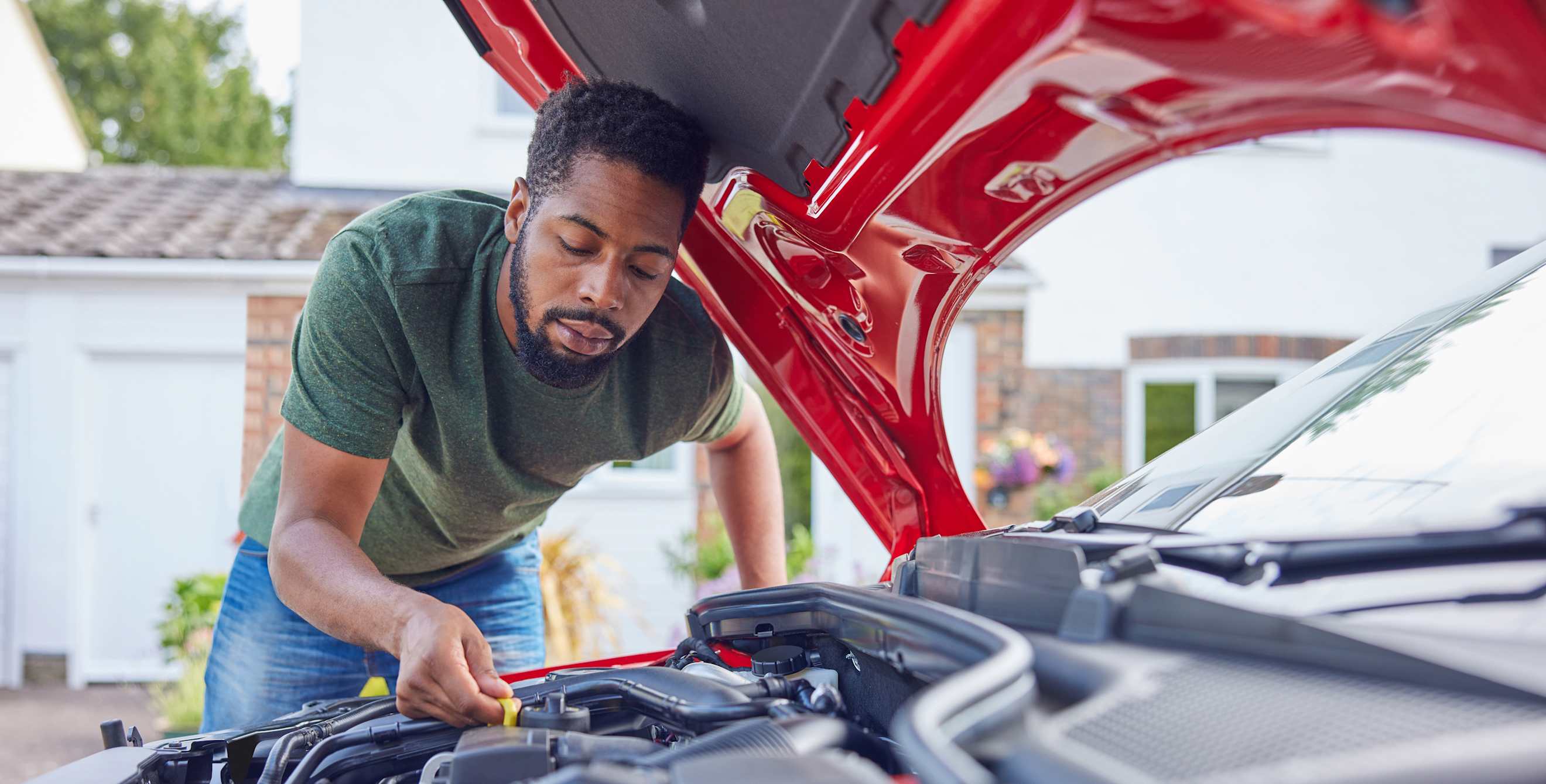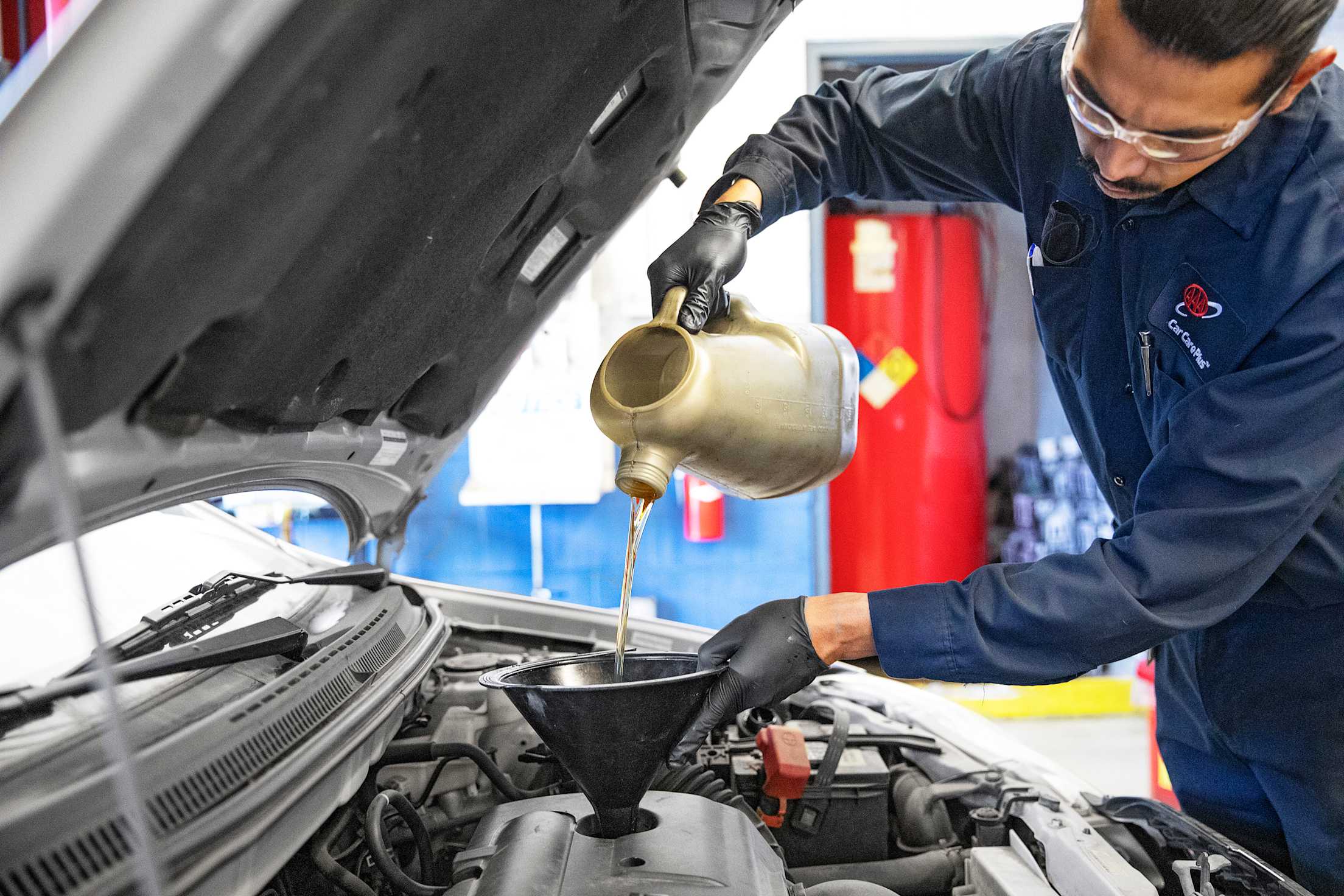
What Does the Oil Pressure Light Mean?
And what should you do if it comes on?

With so many dashboard warning lights and so many different causes of issues, it can be hard to figure out what needs immediate attention and what warnings can wait until you get to the mechanic. The oil pressure light is one of those complicated lights: it's not frequently discussed and many people may never experience its illumination. But knowing what to do is critical for preventing significant damage. Here’s why it comes on and how to respond when it does.
Why does the oil pressure light come on?
The oil pressure light can come on for many different reasons, but most fall into two categories. Oil level and oil pressure. The oil pressure light is often triggered due to very low oil or no oil in your engine. This could be because the oil hasn’t been changed in much too long or there is a major oil leak. Your oil filter can also be clogged, usually because of the lack of regular oil changes.
Alternatively, your engine could be burning oil, leaving the level too low and causing the light to come on. The light may also come on if the oil pump is failing or, less likely but still possible, that the oil pressure sensor itself is faulty. The oil pressure light does not have to turn on and stay on for the problem to be serious. It can sometimes flicker or switch on and off if the problem is intermittent. For instance, it could come on because the oil level is low, but when you press on the gas or come to a stop it could go on or off as the oil shifts near the sensor.
What’s the Difference Between the Oil Pressure Light Versus the Oil Change Reminder Light?
It’s important to note that there is a big difference between the oil pressure light and the oil change reminder light. The reminder light does not indicate an emergent problem. Instead, it’s there to remind you that it’s time to get an oil change. Sometimes the light comes on even if you don’t need an oil change if the maintenance cycle wasn’t reset during your last service. On the other hand, the oil pressure light is much more serious and indicates a current problem that needs to be resolved quickly.

What should you do if your oil pressure warning light comes on?
The oil pressure light is something that shouldn’t be taken lightly. Both low oil level and low oil pressure can cause catastrophic damage to your engine. If the low oil pressure light comes on, immediately pull over. Allow the car to sit for at least 10 minutes before checking the oil level while parked on a semi-level surface.
If the oil level is low, add oil to your engine. Then you can start the car and see if the low oil pressure light comes on after a few minutes. If it doesn’t, you can continue to drive the car, but it should still be taken to a mechanic to determine the root cause of the low oil level, which could be from a major oil leak, a lack of proper maintenance, or an engine problem, before doing too much driving.
If, on the other hand, the oil level is not low when you check, then it’s time to call a tow truck. If there is no oil on the dipstick, a tow truck is also required. When in doubt, it’s best to get towed into the shop instead of risking significant and expensive damage to your engine.
Keep rolling with AAA Auto Services, from routine maintenance to emergency roadside assistance.